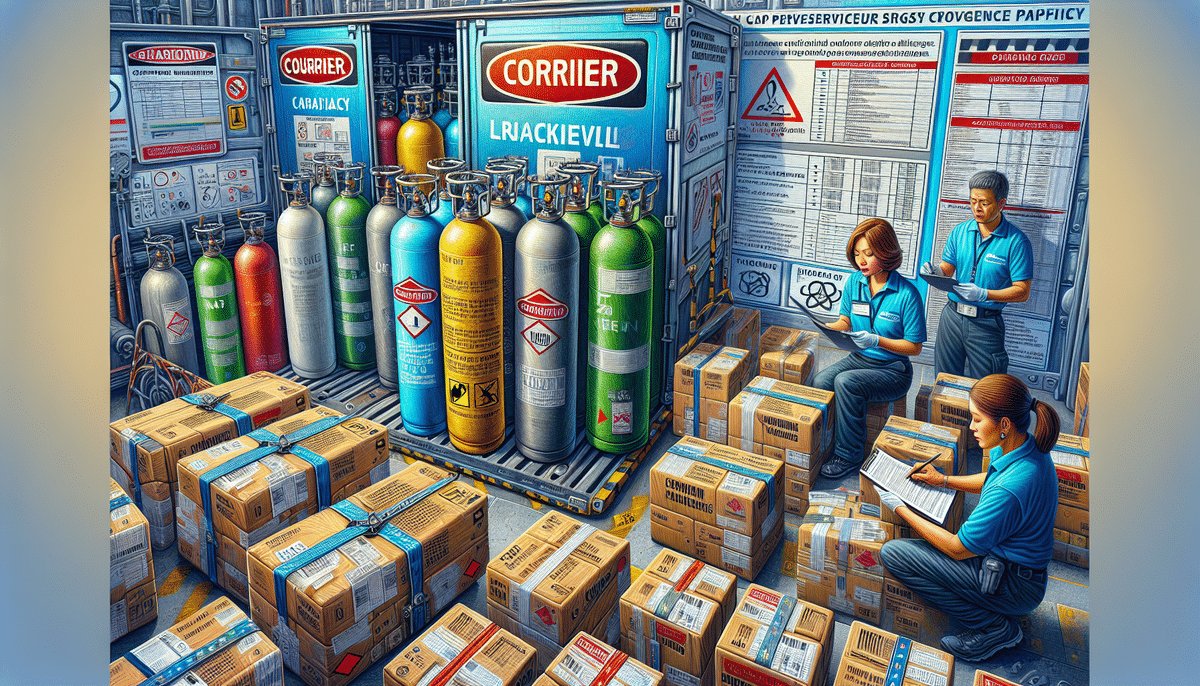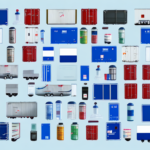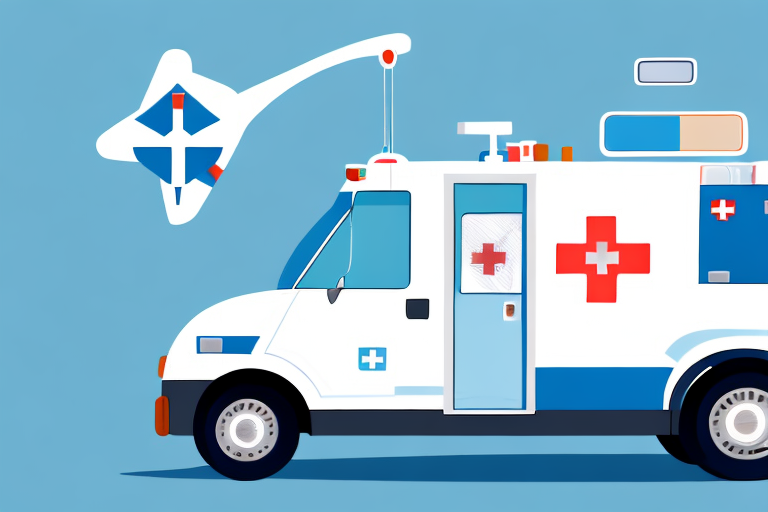Efficient and Safe Transportation of Compressed Gases
As global industries expand, the demand for the efficient and safe transportation of goods continues to rise. Among these goods, compressed gases play a crucial role in sectors such as medical, manufacturing, and construction. However, transporting these gases poses significant challenges due to the inherent risks involved.
Understanding the Risks Associated with Shipping Compressed Gases
Compressed gases are stored under high pressure, making their transportation inherently hazardous. The primary risks include:
- Flammability: Many compressed gases are highly flammable and can lead to explosions if not handled correctly.
- Corrosiveness: Some gases can corrode containers and nearby materials, leading to structural failures.
- Toxicity: Inhalation of certain gases can be fatal, posing severe health risks to individuals and environmental threats.
- Leaks: Even minor leaks can accumulate flammable or toxic concentrations of gases, increasing the risk of accidents.
According to the Occupational Safety and Health Administration (OSHA), proper handling and transportation protocols are essential to mitigate these risks.
What Are Compressed Gases and Their Hazards?
Compressed gases are substances stored in containers at high pressures to maintain their gaseous state. Commonly used gases include oxygen, nitrogen, and carbon dioxide, essential in various industrial applications.
The dangers of shipping compressed gases stem from their high-pressure storage requirements. Containers must be robustly designed to withstand these pressures, and any compromise in their integrity can result in catastrophic failures such as explosions or fires. Additionally, certain gases like fluorinated compounds contribute to environmental issues, including ozone layer depletion and climate change.
Proper classification and handling are vital. The Pipeline and Hazardous Materials Safety Administration (PHMSA) provides detailed guidelines on handling different types of compressed gases to ensure safety and environmental protection.
FedEx's Guidelines and Commitment to Safety
New Guidelines for Shipping Compressed Gases
FedEx, a leader in global shipping and logistics, has introduced comprehensive guidelines to enhance the safety of transporting compressed gases. These guidelines align with international regulations and aim to standardize the shipping process, reducing the risk of accidents.
Commitment to Safe Transportation
FedEx's commitment extends beyond guidelines. The company invests in training programs for personnel, ensuring they are well-versed in handling hazardous materials. This proactive approach underscores FedEx's dedication to maintaining high safety standards in the transportation of dangerous goods.
Best Practices for Packaging and Labeling Compressed Gas Shipments
Proper Packaging Techniques
Packaging compressed gases requires specialized containers that can withstand high pressures and prevent leaks. According to the Food and Agriculture Organization (FAO), using certified containers and regular maintenance checks are critical steps in ensuring the integrity of the shipment.
Accurate Labeling
Labels must clearly indicate the type of gas, handling instructions, and hazard warnings. The International Civil Aviation Organization (ICAO) mandates specific labeling standards to ensure that handlers and emergency responders can quickly identify and manage any issues during transportation.
Legal Implications and Compliance in Shipping Compressed Gases
Shipping compressed gases is governed by a complex framework of international, national, and local regulations. Non-compliance can result in hefty fines, legal action, and increased liability in the event of an accident.
Regulatory Framework
In the United States, the Department of Transportation (DOT) oversees the regulation of hazardous materials. Compliance with DOT regulations, including proper classification, packaging, labeling, and documentation, is mandatory for all shippers.
International Regulations
For international shipments, adherence to the ICAO Dangerous Goods Regulations and the UN Recommendations on the Transport of Dangerous Goods is essential. These regulations ensure that shipments meet global safety standards, facilitating smoother international trade.
Tips for Reducing the Risk of Accidents When Shipping Compressed Gases
- Regular Inspections: Conduct routine checks on containers to detect and repair any leaks or damages.
- Employee Training: Ensure that all personnel involved in shipping are adequately trained in handling compressed gases.
- Proper Securing: Secure containers during transportation to prevent shifting, which can cause physical damage or leaks.
- Use of Certified Containers: Always use containers that are certified for transporting the specific type of compressed gas.
Implementing these practices can significantly reduce the likelihood of accidents, ensuring the safety of personnel, the public, and the environment.
Choosing the Right Shipping Method for Your Compressed Gas Shipment
Selecting an appropriate shipping method is crucial for the safe transport of compressed gases. Factors to consider include the distance of transport, regulatory requirements, the type of gas, and the urgency of the shipment.
Transportation Modes
- Air Shipping: Suitable for urgent shipments but subject to stringent regulations and higher costs.
- Ground Shipping: More cost-effective for long-distance shipments but may require additional safety measures.
- Sea Shipping: Ideal for bulk shipments but involves extended transit times and complex logistics.
FedEx's guidelines recommend using specialized carriers with experience in handling compressed gases and selecting transportation modes that offer enhanced security and compliance with safety standards.
Steps to Ensure Compliance with Shipping Guidelines
Businesses must take proactive measures to comply with shipping guidelines for compressed gases. This involves:
- Reviewing Guidelines: Thoroughly understand and regularly update knowledge of relevant shipping guidelines and regulations.
- Proper Documentation: Maintain accurate and complete shipping documents, including safety data sheets and compliance certificates.
- Collaboration with Reputable Carriers: Partner with carriers like FedEx that have a proven track record in handling hazardous materials safely.
- Continuous Training: Provide ongoing training to employees to keep them informed about best practices and regulatory changes.
By adhering to these steps, businesses can ensure the safe and compliant transportation of compressed gases, minimizing risks and avoiding legal complications.
Conclusion
The transportation of compressed gases is a critical component of various industries but comes with significant risks. By understanding these risks, adhering to stringent packaging and labeling standards, complying with legal regulations, and following best practices, businesses can ensure the safe and efficient shipping of these hazardous materials. Organizations like FedEx play a pivotal role by providing comprehensive guidelines and demonstrating a commitment to safety, setting industry standards that help protect people and the environment.






















